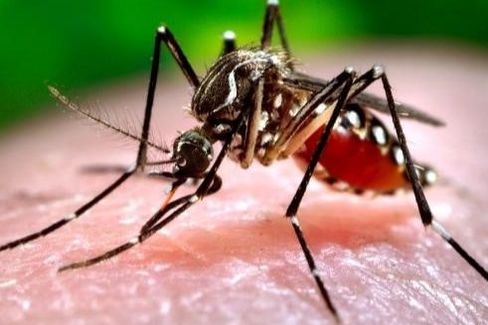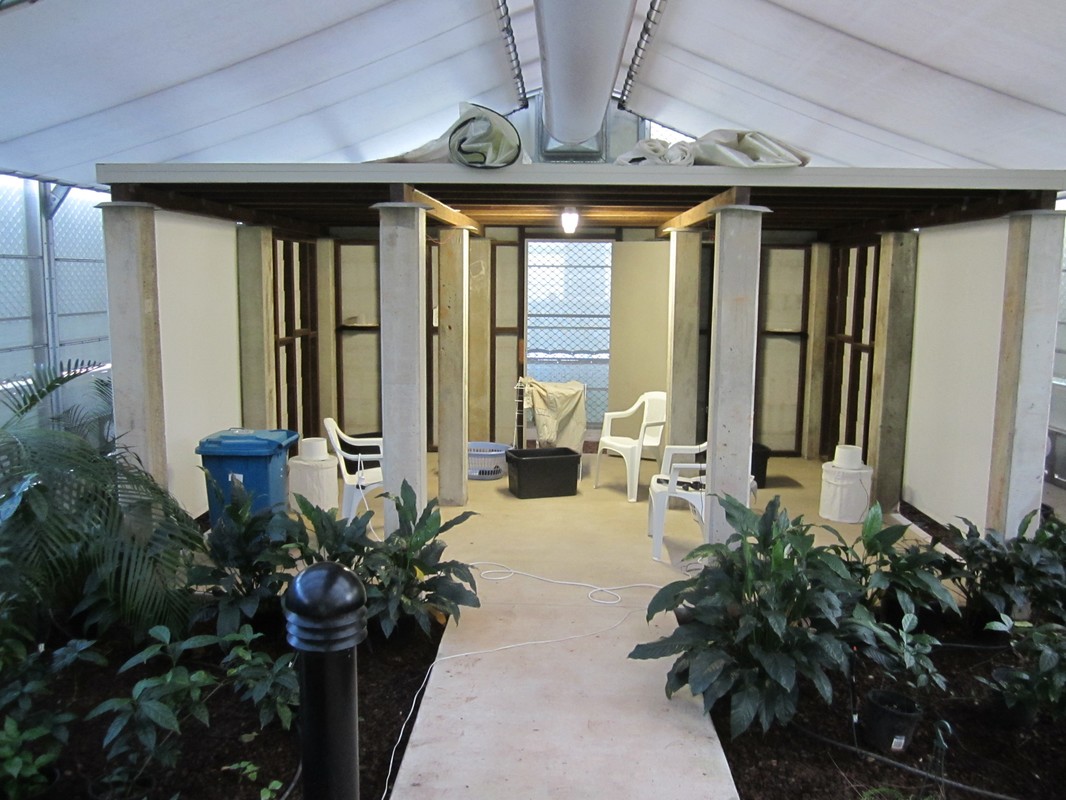|
The mechanisms of exactly how mosquitoes locate their human hosts still elude the scientific community. Dr Conor McMeniman’s lab at Johns Hopkins has made advances in understanding the important role that the CO2 we exhale has to play in mosquitoes’ host-finding abilities. With the urgency of the Zika threat looming, understanding its mosquito vectors’ human-finding processes is vital to public health.
With that goal, Dr. Conor McMeniman and his lab at the Johns Hopkins Malaria Research Institute are using genetic engineering techniques to parse out how mosquitoes locate their human hosts. Mosquitoes can key into several different human-produced cues, including visual and odor cues, human body heat, and the water vapor and CO2 we expel while breathing. Dr. McMeniman’s work focuses on how mosquitoes, specifically the Zika-transmitting mosquito Aedes aegypti, sense CO2. Based on previous behavioral observations, he hypothesized that when a mosquito senses a pulse of CO2, it acts as the primary trigger to activate a mosquito’s human-searching behavior – and primes their detection of other secondary cues.
Dr. McMeniman’s work also indicated that CO2 works synergistically with other cues, such as odor and temperature, to guide host-seeking. When pulsed with a puff of CO2, caged non-mutant female mosquitoes are triggered to move around and begin probing an available hot surface in an attempt to feed from it. Mutants do not exhibit such behavior. Similarly, in the presence of worn clothing to simulate a human’s scent, non-mutant mosquitoes weren’t as likely to fly towards it without the CO2 pulse (McMeniman et al, 2014). ). CO2 receptor mutants weren’t interested in the worn garments when compared to their non-mutant colleagues that can detect this gas.
These mosquitoes that aren’t able to sense CO2 will not be released into the environment in order to introduce the mutation – their genetic nature wouldn’t make them ideal. Given they need to blood feed to lay eggs, loss of CO2 detection in these mutants and therefore host-finding would likely put them at a fitness disadvantage relative to their wild-type counterparts (Read more about why fitness is important in transgenic organisms here). However, learning how these mutants function is an important step towards understanding the human-finding mechanisms of Aedes aegypti. In the upcoming year, Dr. McMeniman and his lab have exciting plans to do mosquito functional imaging in the olfactory (smell) centers of the mosquito brain after exposing mosquitoes to different human scent profiles in order to see how the mosquito’s neural network reacts. These results, along with their findings about the importance of a CO2 trigger in human-finding behavior, will help fight the spread of the Zika virus. Determining which scent combinations are most ideal for Aedes aegypti, in combination with the CO2 trigger, could potentially lead to making a potent mosquito trap. For more information on Dr. Conor McMeniman and his lab’s research, or to contact him, you can visit his Johns Hopkins page. More information about mosquitoes can be found at the University of Maryland Extension page, which also includes links to information about the Zika virus. About the Author: Elizabeth Brandt is a ENTM graduate student in the Hawthorne Lab. References: McMeniman CJ. 2016. Disruption of Mosquito Olfaction. In Genetic Control of Malaria and Dengue, ed. ZN Adelman: 227-52: Elsevier. McMeniman CJ, Corfas RA, Matthews BJ, Ritchie SA, Vosshall LB. 2014. Multimodal integration of carbon dioxide and other sensory cues drives mosquito attraction to humans. Cell 156:1060-71. Comments are closed.
|
Categories
All
Archives
June 2024
|
Department of Entomology
University of Maryland
4112 Plant Sciences Building
College Park, MD 20742-4454
USA
Telephone: 301.405.3911
Fax: 301.314.9290
University of Maryland
4112 Plant Sciences Building
College Park, MD 20742-4454
USA
Telephone: 301.405.3911
Fax: 301.314.9290



 RSS Feed
RSS Feed




